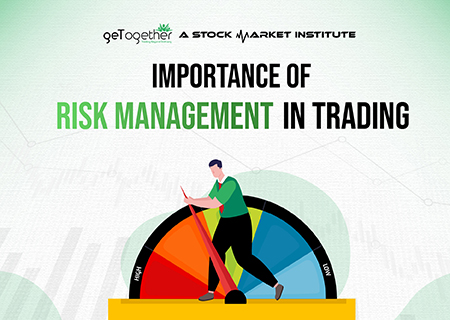The Crucial Value of Risk Management in Getting Organizational Objectives
In the swiftly evolving service landscape, the ability to navigate uncertainty has ended up being a necessary. This is where Risk Management action in, offering a structured technique to determining, examining, and mitigating possible obstructions to advance. It's even more than just a safety step - it's a strategic tool, promoting durability and innovation. As we explore the critical duty of Risk Management in achieving business objectives, one can not assist yet wonder: exactly how does this equate right into real-world success?
Comprehending the Principle of Risk Management in Service

The Integral Function of Risk Management in Strategic Planning
Incorporating Risk Management into critical planning acts as a safeguard for organizations, anchoring their long-lasting strategies with a strong foundation of readiness and durability. Risk Management supplies a framework for anticipating uncertainties and devising appropriate feedbacks, guaranteeing the company's survival and success even in the face of adversity. By including Risk Management right into strategic preparation, companies can transform these uncertainties into chances for growth and advancement.

Techniques for Identifying, Assessing, and Prioritizing Dangers
The procedure begins with Risk recognition, employing devices such as SWOT evaluation, which helps in pinpointing potential threats and chances. Next off, Risk evaluation is conducted to determine the prospective impact and likelihood of each Risk. Dangers are prioritized based on their potential influence and possibility, enabling companies to focus their sources on high-priority risks.
Safeguarding Organizational Workflow With Effective Risk Management
In the organization landscape stuffed with uncertainties, effective Risk Management plays a critical role in protecting business procedures. It works as a safety shield, alleviating the unfavorable impacts of Recommended Reading potential threats and guaranteeing the smooth functioning of all processes. By determining and analyzing prospective risks, Risk Management allows companies to develop robust contingency strategies. This preventative approach help in preserving functional security, even when confronted with unanticipated situations. Basically, Risk Management is the lifeline that keeps the business procedures afloat amidst unstable waters. It ensures not just the survival but the lasting growth of a company, making it an important device in achieving business goals. Companies must invest in thorough Risk Management techniques to guard their operations.

Transforming Prospective Hazards to Opportunities: The Power of Risk Management
A proactive technique to take the chance of Management includes identifying, examining, and prioritizing dangers to design strategies that turn them into possible benefits. Hence, by leveraging the power of Risk check Management, companies can not just protect their operations yet additionally stimulate development and attain their goals in an unpredictable organization setting.
Case Researches: Success Stories of Risk Management Driving Service Objectives
Successful implementation of Risk Management methods has produced outstanding results in numerous services, highlighting the values of this technique. Multinational firms like Microsoft and Google, for instance, have actually leveraged Risk Management to decrease hazards and manipulate opportunities, driving their company purposes forward. These examples illustrate how successful Risk Management can not just guide companies clear of possible mistakes however additionally direct them towards their strategic goals.
Final thought
To conclude, Risk Management is fundamentally vital in attaining business goals. It offers browse around this web-site a methodical approach to identifying, analyzing, and addressing potential hazards and opportunities. More than simply mitigating threats, it likewise cultivates advancement, resilience, and sustainable growth. By incorporating Risk Management right into calculated preparation, businesses can better browse uncertainties, safeguard operations, and capitalise on opportunities, thus lining up with long-lasting purposes.
At its core, Risk Management is the procedure of determining, analyzing, and dealing with potential threats that might negatively impact a company's procedures or objectives. Next off, Risk evaluation is carried out to identify the prospective effect and chance of each Risk. Risks are prioritized based on their prospective impact and likelihood, enabling organizations to concentrate their sources on high-priority dangers. By recognizing and analyzing prospective dangers, Risk Management enables companies to develop durable contingency strategies. A proactive strategy to run the risk of Management entails recognizing, evaluating, and prioritizing dangers to create strategies that transform them into prospective advantages.